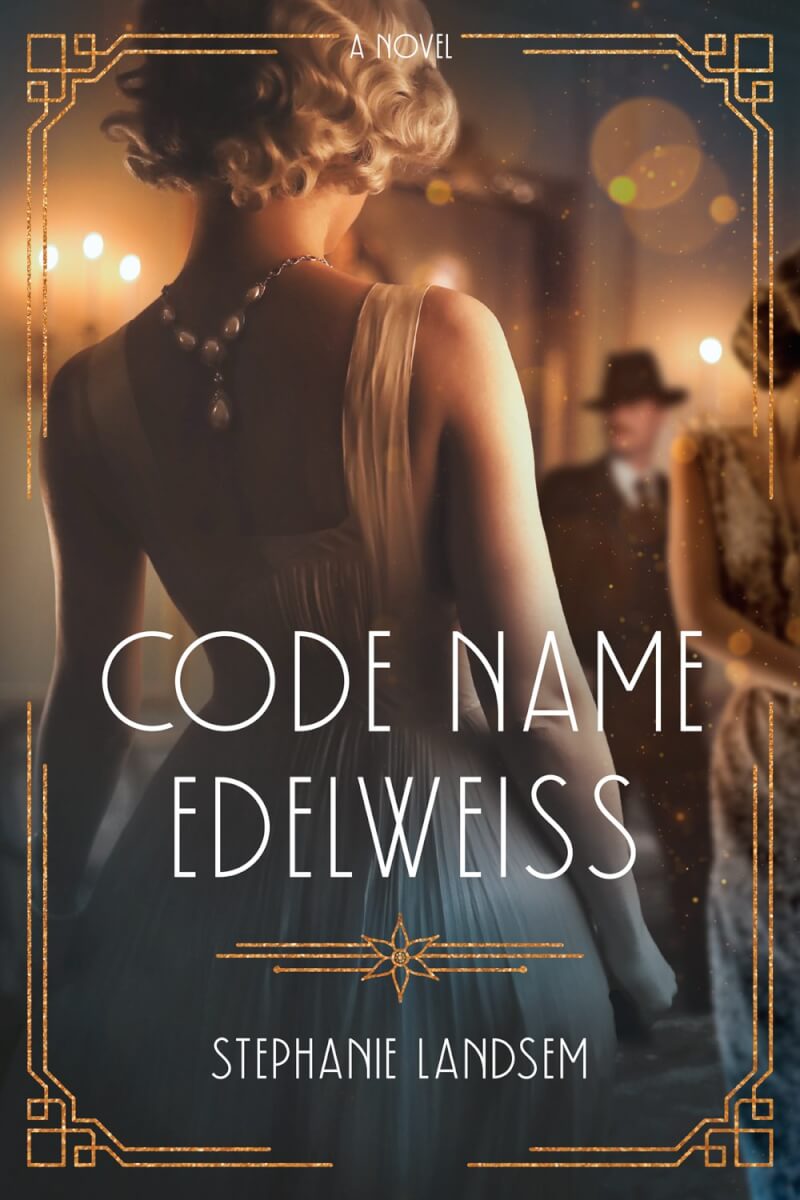To continue in the face of doubt and despair, three women draw on their Christian faith in these immersive historical novels.
Code Name Edelweiss
Stephanie Landsem’s transfixing Code Name Edelweiss is peppered with rich descriptions of Los Angeles in 1933. Amid widespread unemployment and poverty, few people in LA are fully aware of the growing threat of Nazism following the appointment of Adolf Hitler as chancellor of Germany. Like many, Liesl Weiss is preoccupied with her own troubles; she has just lost her job but must take care of her children, brother and mother.
Jewish lawyer Leon Lewis is concerned about the growing threat of the Nazis and believes they plan to infiltrate the Hollywood film industry. To stop them, he is enlisting spies for a dangerous mission. Liesl finds Leon’s fears absurd, but she needs the cash, so she signs on as a spy. The more information she uncovers, the more alarmed she becomes, and she soon realizes she cannot remain neutral and must choose a side.
From its suspenseful start to its exciting ending, Code Name Edelweiss commands attention. Landsem sustains tension throughout as Leon’s team works to outpace the Nazis. Liesl, along with the elusive Agent Thirteen, spies on members of the German American community, hoping to find clues and deter the Nazis’ plans. The central characters all have fascinating backstories, though Liesl is crafted particularly well. She is sensible and dependable, and her lovely friendships add depth to the story. The novel is also enlivened by a subtle yet vital strand of romance.
The Metropolitan Affair
Award-winning and bestselling author Jocelyn Green kicks off her new series with a captivating, multilayered mystery in The Metropolitan Affair, set in New York City at the height of American Egyptomania.
In 1925, Americans’ demand for forged Egyptian art reaches a fever pitch after the discovery of King Tutankhamen’s tomb and the Egyptian government’s subsequent efforts to block the exportations of antiquities. Detective Joe Caravello believes that investigating the forgeries will lead him to criminals responsible for other crimes, so he enlists the help of his longtime friend Dr. Lauren Westlake, the assistant curator of Egyptology for the Metropolitan Museum of Art.
Lauren’s previously absent father has recently returned to her life, and she struggles to connect with him. Even though he offers her a chance to join him on an expedition to Egypt, the past cannot be undone. She wonders, though, whether there is still a chance for their relationship in the future.
The Metropolitan Affair offers a full sense of its main characters, including their inner struggles and processes of personal growth. Lauren and Joe are dynamic and realistic, and secondary characters are also well defined. The mystery itself is gripping, with exciting clues and shocking revelations, and the plot maintains a great balance between the investigation and Joe and Lauren’s relationship.
This is an uplifting story of faith with many intriguing twists and ever-raising stakes, all leading to an unexpected conclusion.
The Maid of Ballymacool
Jennifer Deibel (A Dance in Donegal, The Lady of Galway Manor) has done it again with The Maid of Ballymacool, a hopeful historical romance novel about unrelenting faith and new beginnings with just a pinch of mystery, set in Donegal, Ireland, in the 1930s.
For as long as Brianna Kelly can remember, Ballymacool House and Boarding School for Girls has been her home. She has labored there since she was a child, though she’s never been able to meet Mistress Magee’s unending demands. But Brianna believes that there is more for her beyond the tight confines of the boarding house.
The plot takes an interesting turn when a young man named Michael Wray arrives to keep an eye on his cousin, another Ballymacool boarder. A friendship develops between Michael and Brianna, and he becomes her much-needed ally against the vicious Mistress Magee. But despite their connection, a future together is untenable, since Brianna knows Michael will soon return to his high-society life.
When Brianna finds a piece of silver in the nearby woods, a suspenseful mystery ensues, building to a rewarding ending as long-held secrets come to light and Brianna gets a bright new start.
With rich language and historical detail, Deibel brilliantly emphasizes the story’s central themes of love, faith and redemption as her characters surmount formidable challenges. Although heartbreaking at times, The Maid of Ballymacool is inspiring and encouraging, and Brianna’s journey is one of hope and strength.
























